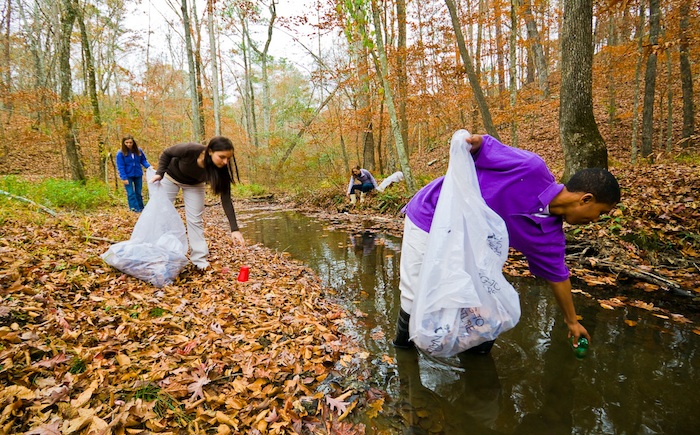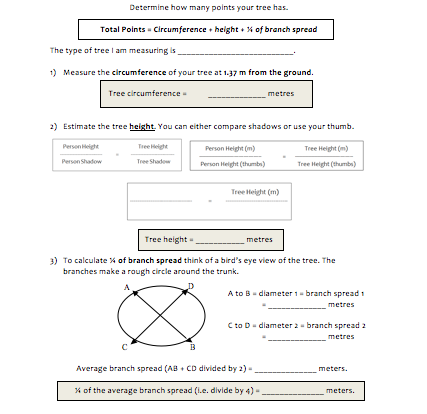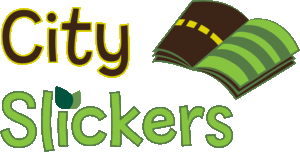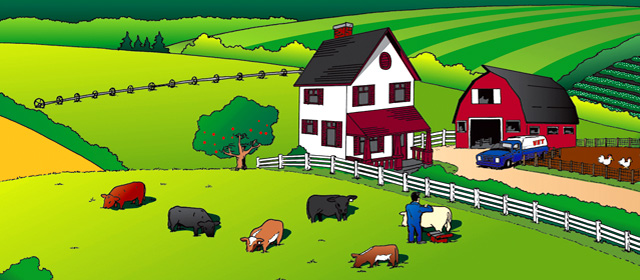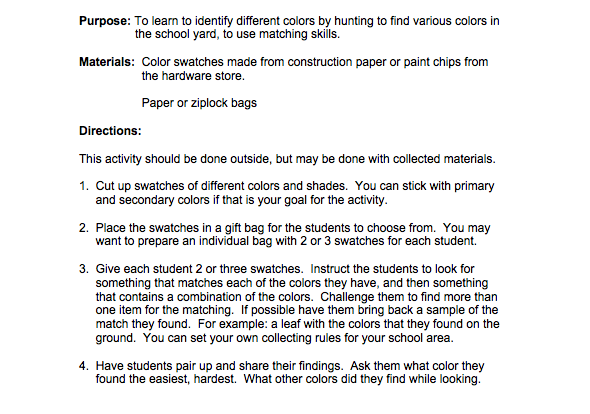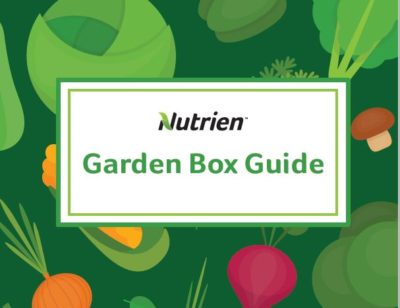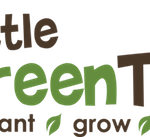-
Nutrien is a leader in an environmental education program called, Caring for our Watersheds (CFW). CFW asks youth to submit an essay proposal that answers the question, “What can you do to improve your watershed?” Students research their local watershed, identify an environmental concern and come up with a realistic solution. Cash rewards are given to participating schools, clubs and students. The success of the program is attributed to turning the student’s ideas into action. Community partners from around the world have joined together to mentor, inspire and guide students. Nutrien offers implementation funding and has contributed to over 534 projects to date.
To learn more visit: www.caringforourwatersheds.com

-
Students explore the schoolyard and pick their “champion” tree; they must then find their tree’s total points by calculating and adding the circumference, height, and 1/4 of the tree’s branch spread. Wrap up: Discuss and discover who has the champion tree!
-
The Stony Plain Multicultural Heritage Centre City Slickers program is a powerful one-day event that introduces more than 1,200 grade 4 and 5 students annually to the many facets of agriculture and draws in some 250 volunteers. Children develop an understanding and appreciation for food firsthand – where it comes from and how it is produced – from gate to plate. The City Slickers Program brings together farmers, producers and consumers. With the continuing support of Ag for Life, a scalable delivery model has been developed.
Watch this video or visit http://agricultureforlife.ca/city-slickers1/ to learn more about the program.
If your community is interested in hosting a City Slicker’s event contact Ag for Life for more details info@agricultureforlife.ca.
-
One hour classroom presentations about where food comes from and the importance of agriculture to our daily lives. Agriculture volunteers across Alberta go into the classroom with information, props and visuals to engage students.
To learn more visit: http://classroomagriculture.com/
-
Students learn to identify colors by hunting to find various colors in the school yard. Students must use matching skills to match colour swatches with items around the schoolyard. Wrap up: Students pair up and share their findings. What other colours did they find while looking?

